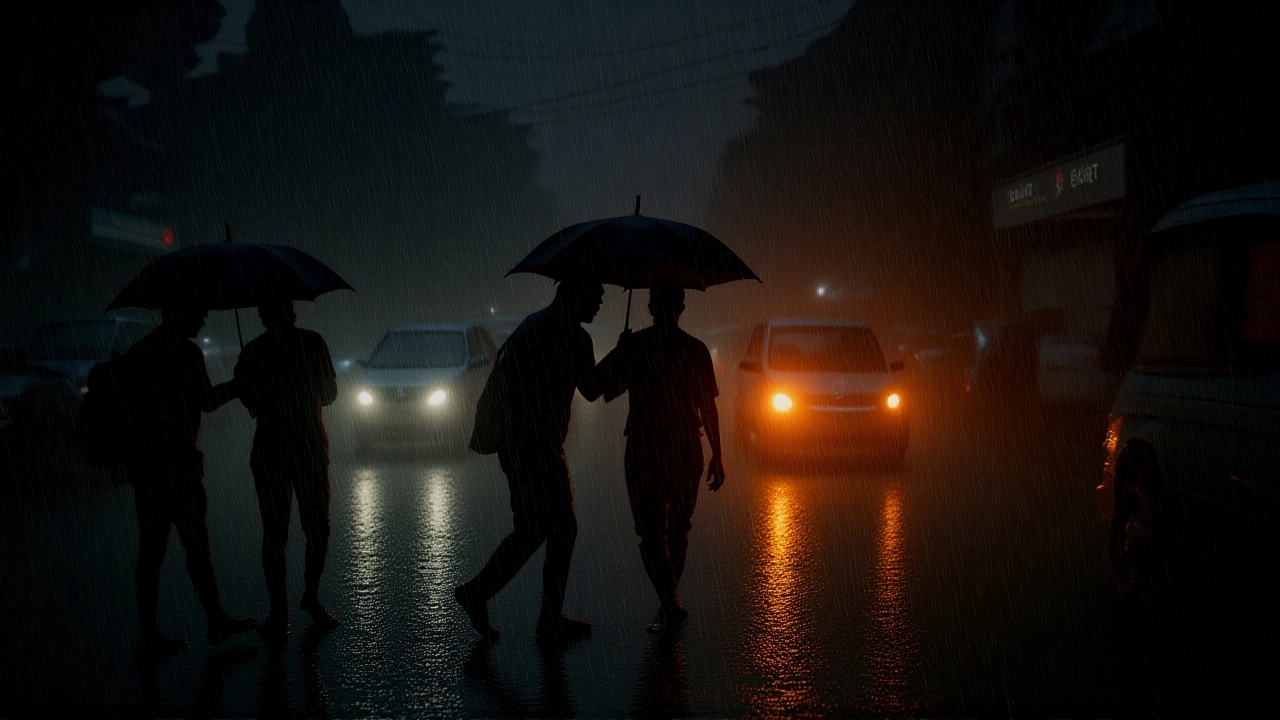Gujarat Monsoon Alerts – September 2025 Update
Heavy monsoon rains hit Gujarat hard this September, pushing the state toward record water levels. The India Meteorological Department (IMD) issued red alerts for Banaskantha, Sabarkantha, and Aravalli, while orange alerts spread across 21 more districts, including Ahmedabad, Surat, and Vadodara. If you live or travel in these areas, staying informed can make a big difference.
What the Alerts Mean for You
A red alert signals extreme rainfall that can cause flash floods, landslides, and severe disruption. Orange alerts indicate heavy rain that may still lead to flooding, especially in low‑lying neighborhoods. In practice, this means schools might close, roadwork could be delayed, and public transport may run on limited schedules. Keep an eye on local news and IMD updates throughout the day.
How to Stay Safe During the Downpour
First, plan your routes. If you must travel, stick to main roads that are less likely to flood and avoid shortcuts through fields or riverbanks. Second, protect your home by clearing gutters, moving valuables off the ground, and having sandbags ready if water starts to rise. Third, keep an emergency kit with water, snacks, a flashlight, and a charged phone. These simple steps can reduce stress when the rain hits.
The state’s reservoirs are now at near‑full levels, with 84% of the seasonal rain already absorbed. While this helps with water supply, it also raises the risk of sudden dam releases if the rain intensifies. Authorities may issue additional warnings, so signing up for local alert services can give you a heads‑up before conditions worsen.
Maninagar recorded over 70 mm of rain in just one hour, sparking real flood concerns. That kind of intensity can overwhelm drainage systems quickly. If you notice water collecting in streets, avoid walking or driving through it—one foot of moving water can sweep a vehicle away.
Local officials have asked residents to limit non‑essential travel and stay indoors where possible. This isn’t just a suggestion; it helps keep emergency responders free to assist those in genuine danger. If you hear a siren or see authorities directing traffic, follow their instructions immediately.
For farmers, the heavy rain is a mixed bag. While crops get much‑needed water, excess moisture can damage yields and increase disease risk. Experts advise checking soil moisture levels and using antifungal treatments if conditions stay humid for several days.
Finally, remember that after the rain, hazards can linger. Wet roads are slippery, power lines may be down, and standing water can become a breeding ground for mosquitoes. Take a few minutes each day to inspect your surroundings and report any dangerous conditions to local authorities.
Staying ahead of the monsoon means staying informed, prepared, and flexible. Keep this page bookmarked for updates, and share the tips with friends and family in the affected districts. Together we can weather the storm safely.

